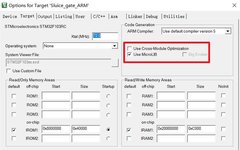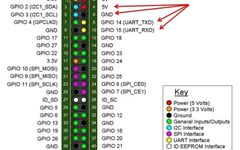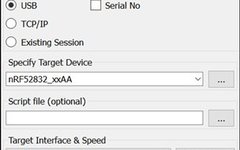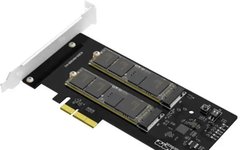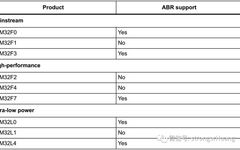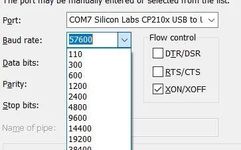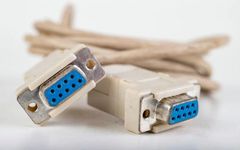Debugging Techniques for Microcontrollers Without Serial Ports
Outputting debugging information is an essential debugging tool in embedded development. One characteristic of embedded development is that often there is no operating system or file system, making conventional methods of printing logs to files generally unsuitable. The most common method is to output UART logs through a serial port. For example, with the 51 … Read more
